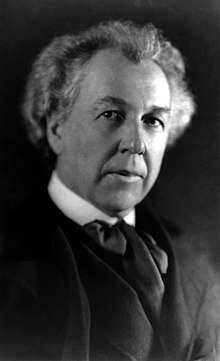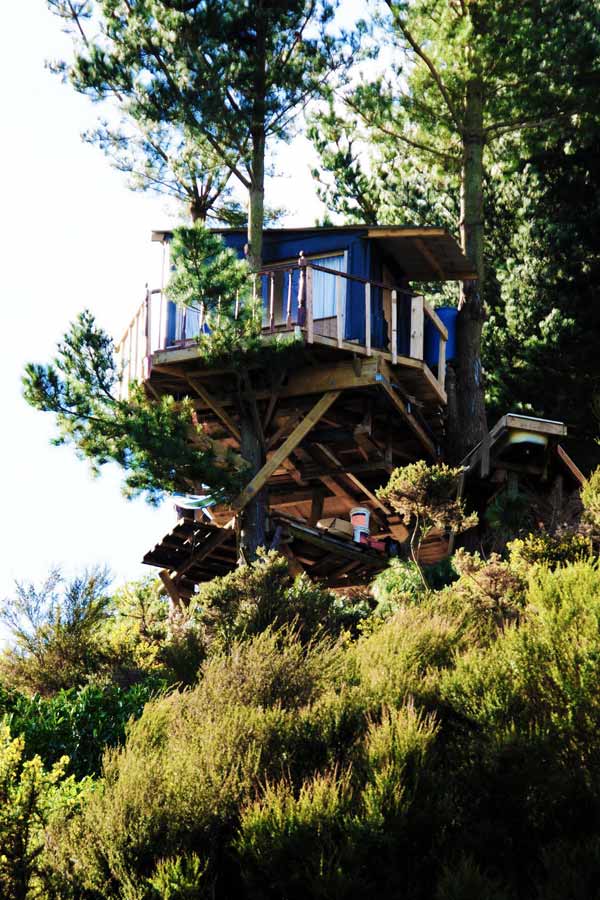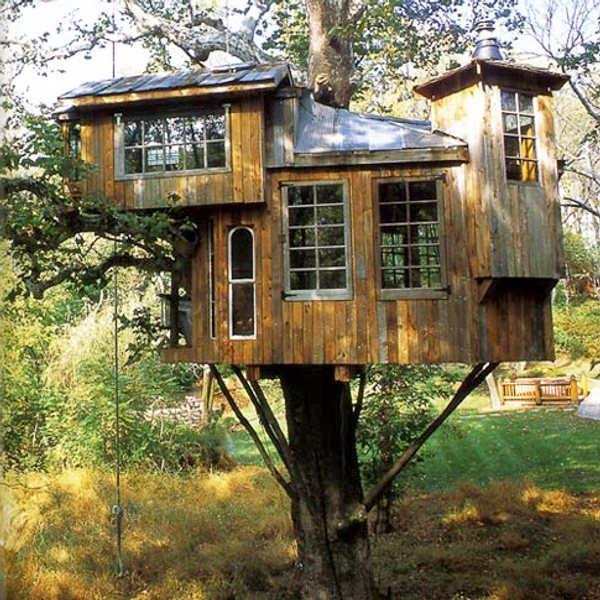In 1795, Englishman Benjamin Latrobe moved to America seeking a better life. His wife Lydia had just died in child birth, architectural commissions were low due to war, and he had his mother's inheritance to claim in Norfolk, Virginia. In the United States, he was quickly recognized by noble people for his architectural and engineering abilities; these nobles included George Washington, Thomas Jefferson, James Madison, and James Monroe. In 1803, Benjamin Latrobe was deemed Surveyor of Public Buildings and Grounds by Thomas Jefferson. Over his 25 years in America, Latrobe designed many important buildings, and having studied in England, Germany, and France, Latrobe brought with him the influences of English, German, and French architecture. Latrobe was the first professionally trained architect in the United States, and his European influences inspired his Greek Revival and Neoclassical architectural works.
Latrobe created many Greek Revival and Neoclassical buildings in America. One of his first masterpieces was the Bank of Pennsylvania in Philadelphia, Pennsylvania. It was constructed from 1798 to 1802, and it displayed characteristics of Greek Revival architecture. Greek Revival buildings have pedimented gables, symmetrical shapes, heavy cornice, wide, plain friezes, bold, simple moldings, and entry porches with columns. The Bank of Pennsylvania displays all of these characteristics. Furthermore, a Neoclassical building Benjamin Latrobe designed was the United States Capitol Building. Latrobe oversaw the construction of the original Capitol Building in 1803. He reluctantly followed William Thornton's architectural plans. In 1814, the original Capitol was burned down by the British; thus, in 1815, Latrobe was rehired to rebuild the important American building. He was given more freedom this time around, and he designed the building using a Neoclassical style. Neoclassical structures have symmetrical shapes, columns, triangular pediments, and domes. The US Capitol Building includes each of the Neoclassical aspects.
Latrobe may have designed in Neoclassical and Greek Revival styles, but some characteristics of his buildings display other features. On the Bank of Pennsylvania, Latrobe stuck with the Greek Revival aspects, but he added a cupola. On the US Capitol Building, Latrobe went without columns that rise to full height of the building. Usually, columns on a Neoclassical structure rise to the building's full height. On this building, the columns do not. Latrobe's buildings do not purely represent his architectural design styles.
Overall, Benjamin Latrobe was the first professionally trained architect in America, and he used his European influences to design in Greek Revival and Neoclassical styles. Latrobe came to America in search of a better life for himself. He started off here with a clean slate and rose to the top; he became a man of prestige in the United States. Latrobe died a successful man in New Orleans on September 3, 1820.
United States Capitol
Bank of Pennsylvania

Baltimore Basilica











.JPG)




.jpg)
